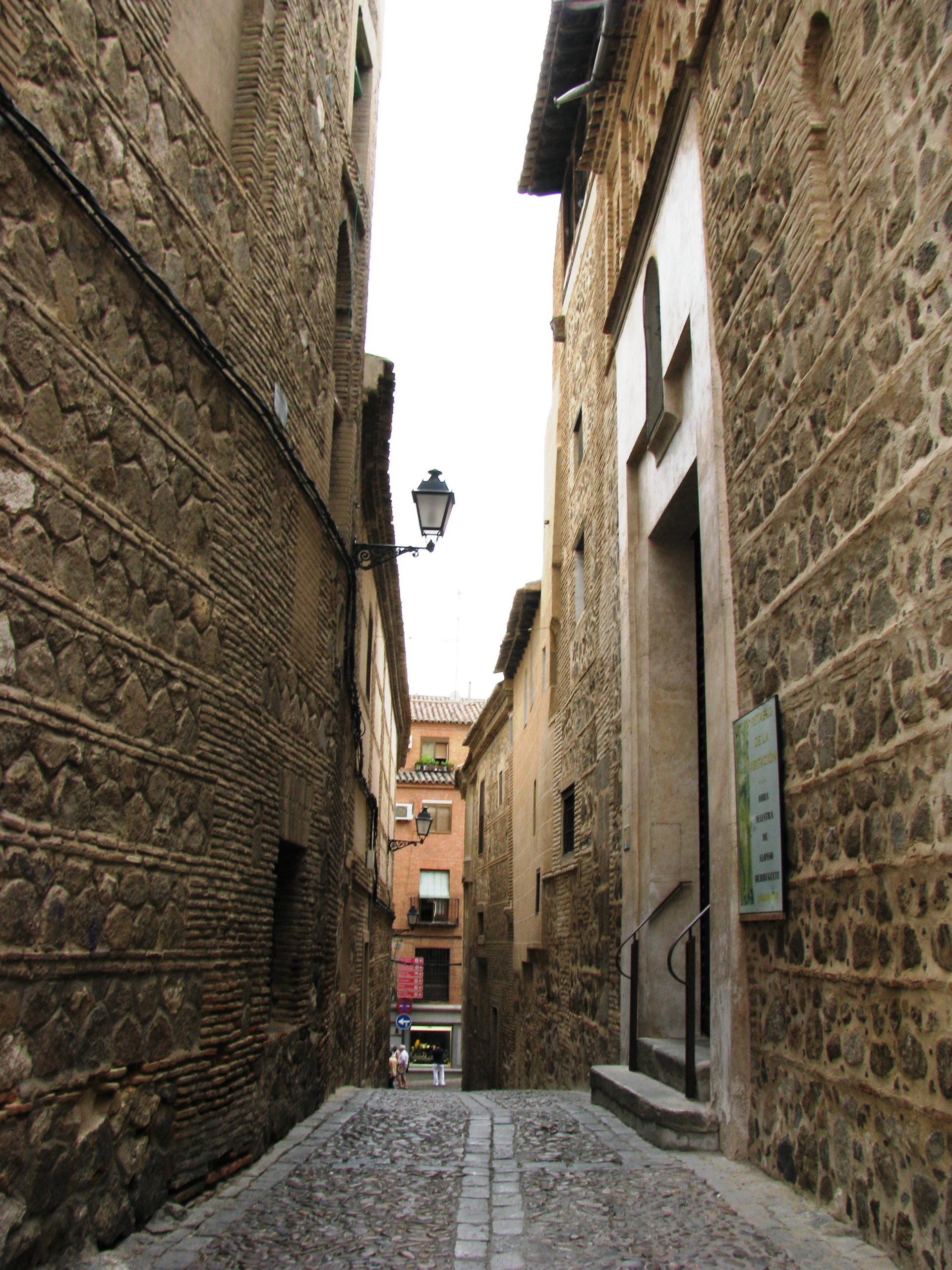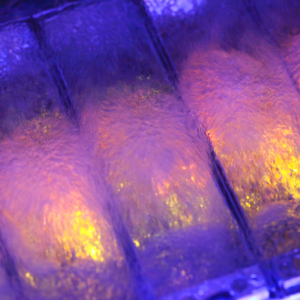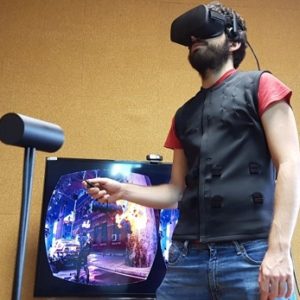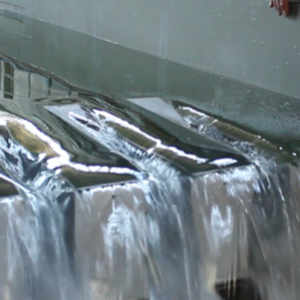Brief description of the solution and the added value it delivers
Researchers in the Instrumentation and Applied Acoustic Research Group (I2A2) at the Universidad Politécnica de Madrid (UPM) have collaborated with the Spanish National Research Council (CSIC) to develop the world’s first electronic system capable measuring and monitoring environmental acidity (pH) in the air. This parameter, the impact of which is proportional to increasing environmental pollution, is responsible, in specific circumstances, for chemical attacks on materials and living beings.
The solution (tested in real-world environments) stands out for its low production cost, not consuming energy and its minimal installation requirements. Although specifically designed as a solution for the conservation of historical and cultural heritage, the system has potential applications in the chemical, food and agriculture, and environmental industries, among others.
Description of the technological basis
The technological solution consists of a portable electronic system for determining environmental acidity (pH) automatically in any type of environment, whether it be liquid, moist solid or even gaseous (e.g. air).
The data capture component is based on sol-gel optical sensor technology capable of assessing environmental acidity conditions. The optical response is measured by readout units, quantified and transformed into an electric signal that can be processed in order to monitor environmental acidity optimally and remotely.
Compared to conventional systems, the sensor system proposed is the first of its kind in the world when it comes to measuring pH in air in both open and closed environments.
‘The application of innovative technologies to heritage conservation is key to securing the cultural tourism that attracts 7.5 million foreign visitors to Spain and generates more than 6 billion euros in revenue’
Business needs / application
-
Increasing emissions of pollutant gases (CO2, SO2, etc.) from combustion engines or industrial processes.
-
In combination with environmental moisture, the resulting acidity chemically attacks living beings and materials, for example, in the form of acid rain. In urban and industrial environments, environmental acidity (pH) is particularly dangerous, with values a long way from the neutral value of 7.0.
-
Environments that are not generally controlled in this respect, due to the complexity of installing and the scarcity of specific means.
-
Many of the materials of historical or heritage interest (metals and alloys, glasses, textiles, organic materials, etc.) are particularly sensitive to polluted environments, as well as to the emissions from certain materials in display cabinets and stands.
-
In recent years, the deterioration of historical and cultural heritage items has accelerated due to the increase in pollution and the absence of preventative conservation systems.
-
Other industries (food and agriculture, chemicals, fish farming, water treatment, security) see their productivity and safety levels threatened by the lack of effective environmental control systems.
‘Spain’s historical heritage constitutes one of the greatest reserves of cultural capital in the world, comprising a stock of physical assets only comparable to that of Italy or France’
Competitive advantages
-
The first device in the world capable of measuring environmental pH in the air in both open and closed environments.
-
Low-cost (cost price of €0.1) and mechanically simple sensors and minimal installation requirements.
-
No energy source required: possibility of monitoring for long periods of time and in remote environments.
-
Small size: the support on which the base material of the sensor is placed is 30 x 25 mm and it can be miniaturised.
-
Chemical and thermal stability (-5/60ºC).
References
-
Successful multidisciplinary collaboration between the CSIC and UPM.
-
Solution validated for different applications and in different sectors, e.g. heritage conservation (Wilanów Royal Palace in Warsaw; 3,200 m2 document collection of the Tomás Navarro Tomás Library – CSIC; headquarters of the CSIC and the Church of the Holy Spirit in Madrid, etc.) and food (European project GIST: ICT tools greening food processing businesses).
Industrial protection
Patent granted in Spain: ES2373138.
Stage of development
-
Concept
-
Research
-
Lab prototype
-
Industrial prototype
-
Production
Contact
‘Technological protection for heritage’ contact
Guillermo de Arcas, Eduardo Barrera, Juan Manuel López
e: {g.dearcas, eduardo.barrera, juanmanuel.lopez}@upm.es
UPM contact
Innovation and Entrepreneurship Programmes
Technological Innovation Support Centre (CAIT) – UPM
e:

















